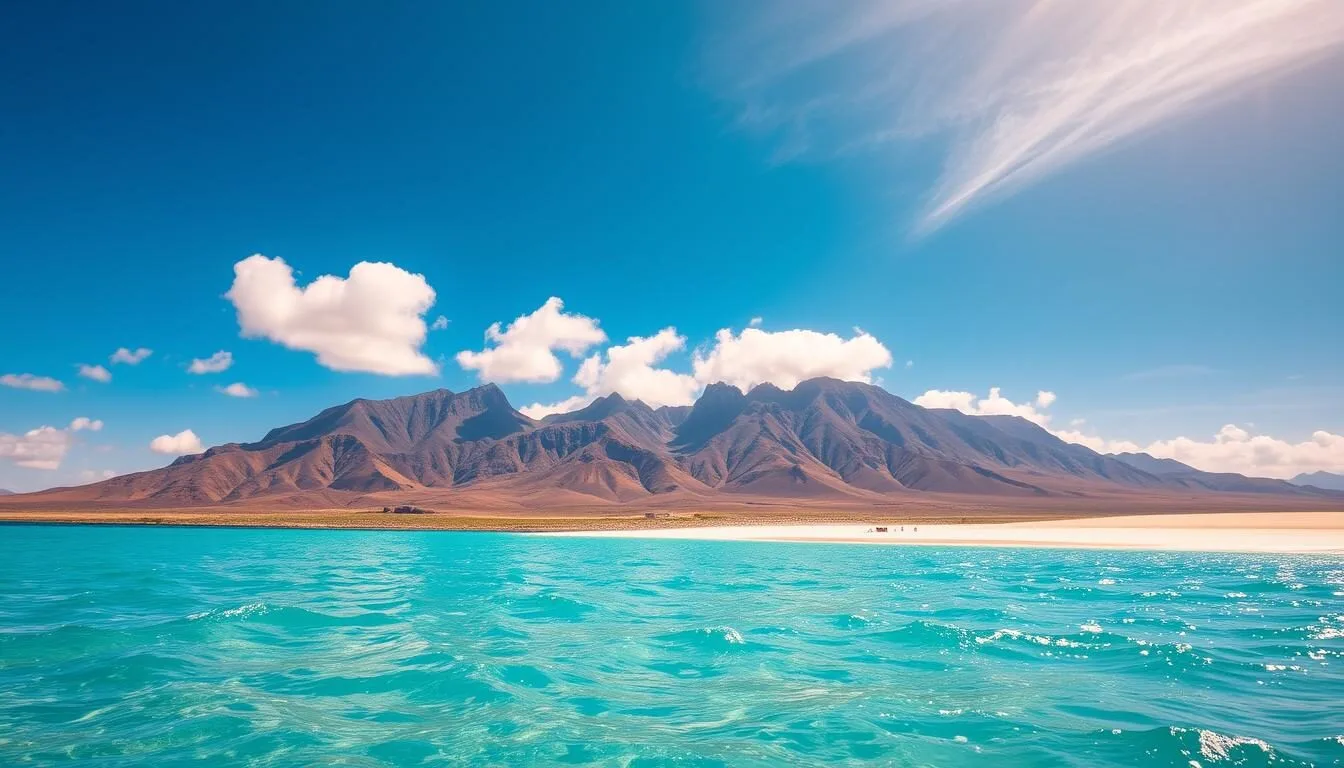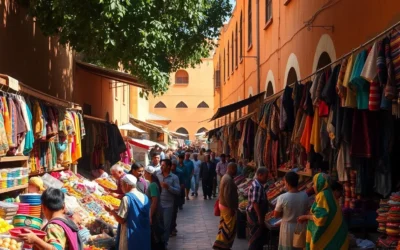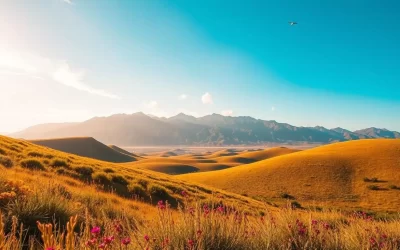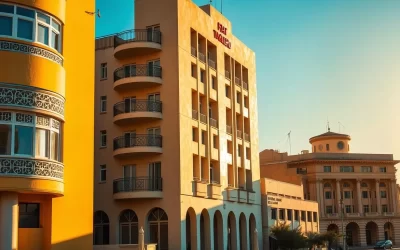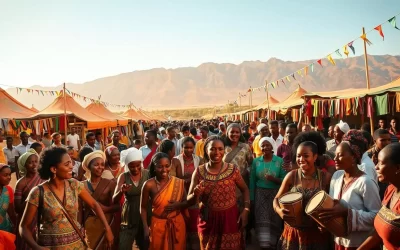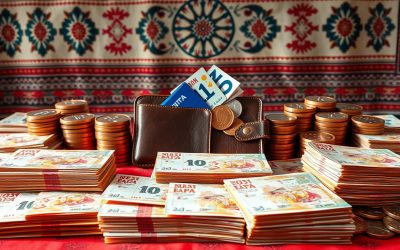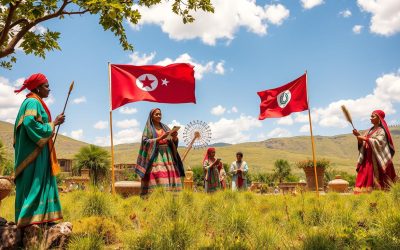Imagine a destination where African, Middle Eastern, and Italian influences blend to create a unique cultural landscape. Eritrea, a relatively untouristed nation, is becoming an increasingly intriguing destination for adventurous travelers seeking authentic experiences.
With its rich history, Eritrea offers a plethora of exciting experiences, from exploring Italian colonial architecture to diving in untouched coral reefs. As you plan your visit, you’ll discover why this country’s UNESCO-listed modernist architecture and pristine Red Sea beaches are must-see attractions.
Whether you’re looking for cultural immersion or adventure, Eritrea has something to offer. Get ready to explore the top attractions and make your trip a fulfilling one.
Discovering Eritrea’s Unique Charm
With its strategic location and fascinating past, Eritrea is a hidden gem just waiting to be uncovered. As you explore this captivating country, you’ll uncover a rich tapestry of cultures, histories, and landscapes.
A Hidden Gem in the Horn of Africa
Eritrea is located in the Horn of Africa, a region known for its diverse cultures and complex histories. This country’s unique position has shaped its identity, making it a fascinating destination for travelers.
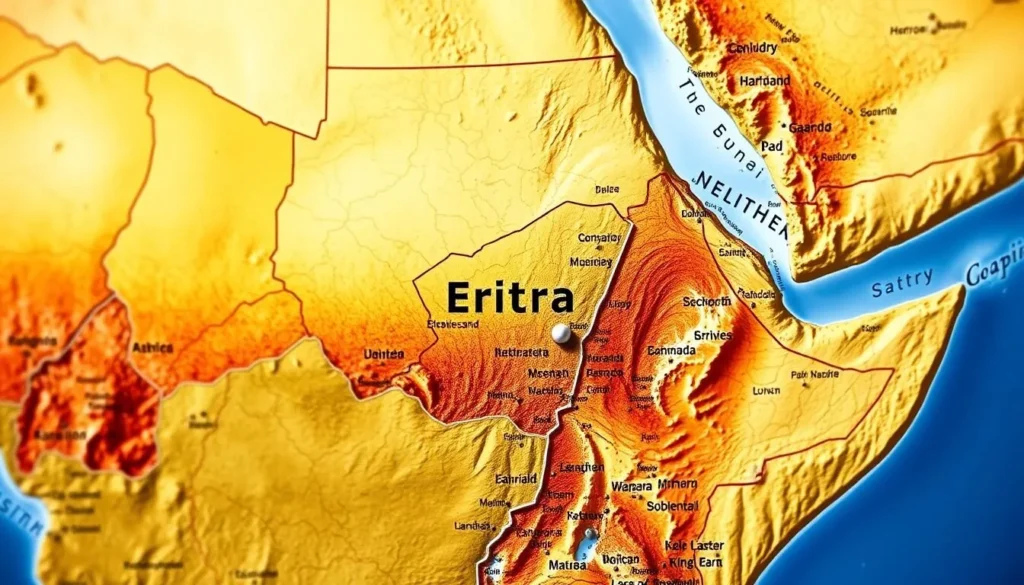
Best Time to Visit Eritrea
The best time to visit Eritrea varies depending on the region you’re planning to explore. The highlands offer pleasant temperatures year-round, making them an ideal destination regardless of the season.
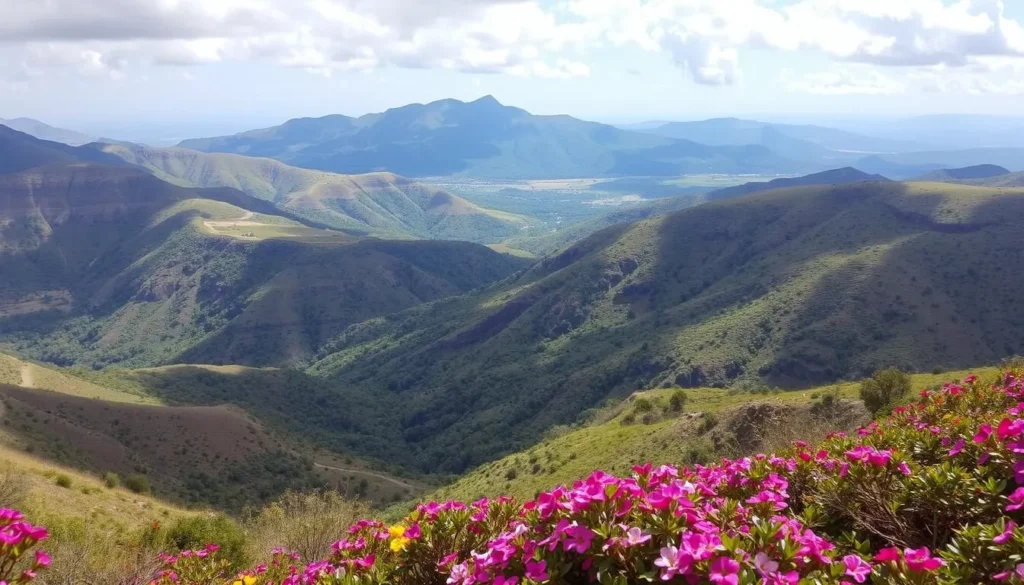
Understanding the country’s geography and climate is crucial for planning your trip. Eritrea’s diverse regions, from the highland plateau to the coastal plains, offer a range of experiences for visitors.
- Explore Eritrea’s strategic location in the Horn of Africa and how its geography has shaped its unique cultural identity.
- Understand the country’s fascinating history as a former Italian colony that later fought a 30-year war for independence from Ethiopia.
- Learn about the best seasons to visit different regions of Eritrea, with the highlands offering pleasant temperatures year-round.
- Discover the diverse ethnic groups that call Eritrea home and their contributions to the nation’s rich cultural tapestry.
- Get insights into why Eritrea remains one of Africa’s least-visited countries despite its incredible attractions and friendly people.
- Understand the distinct geographical areas of Eritrea from the highland plateau to the coastal plains and how they affect travel planning.
Exploring Asmara: Africa’s Modernist City
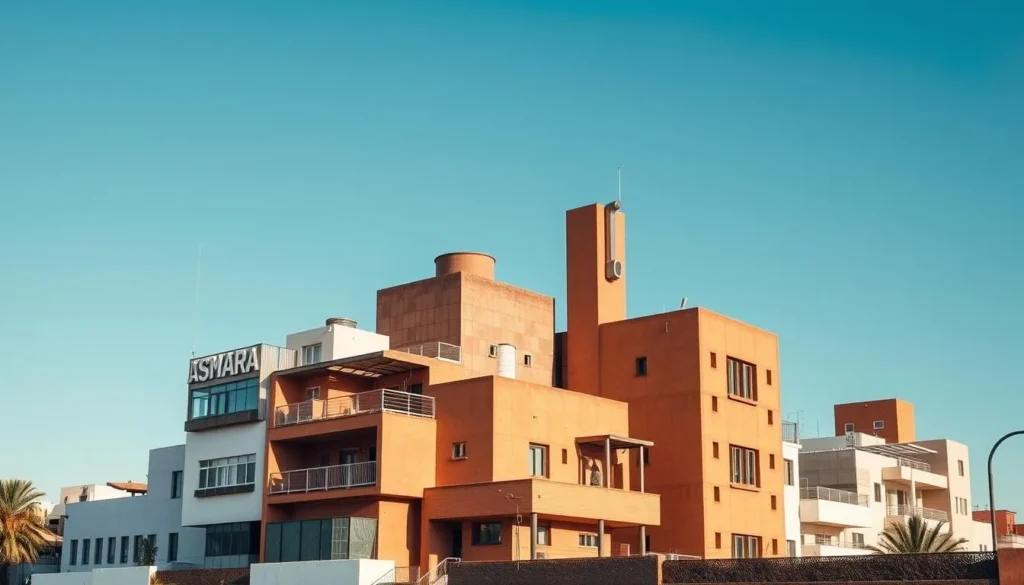
Asmara, a city lost in time, boasts the world’s highest concentration of modernist architecture. As the capital of Eritrea, it was once the center of Italy’s East African Empire. Following Italy’s invasion of Ethiopia in 1935, Asmara transformed into a boom town, becoming one of Africa’s most modern cities.
Harnet Street: The Heart of Downtown
Harnet Street is the vibrant main thoroughfare where locals gather day and night. This street is lined with the city’s coolest buildings, including coffee shops and cafes that come alive at night.
Fiat Tagliero: The Airplane Building
Marvel at the futuristic Fiat Tagliero building, an iconic gas station designed to resemble an airplane. This building defied architectural norms and is a must-visit attraction in Asmara.
Cinema Impero and Opera House
Visit the historic Cinema Impero and Opera House, beautifully preserved examples of Italian colonial architecture from the 1930s. These buildings showcase Asmara’s rich history and architectural heritage.
Asmara’s unique history as a planned city made it a testing ground for Italian modernist architects. The city’s architectural heritage has been remarkably preserved due to Eritrea’s isolation and limited development. Consider visiting the National Museum of Eritrea to gain deeper insights into the country’s archaeological treasures and cultural history.
Unique Experiences in Asmara
From historic steam trains to vintage bowling alleys, Asmara is a treasure trove of unique attractions. You can experience a journey back in time by riding Eritrea’s historic steam train, one of the few functioning colonial-era railways in Africa.
Riding the Historic Steam Train
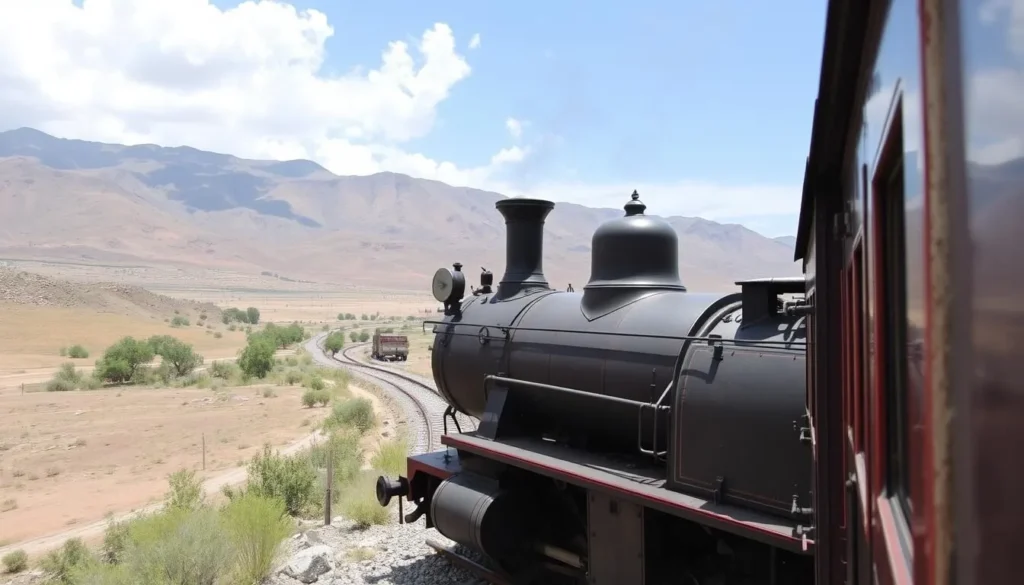
This steam train offers a glimpse into the past, showcasing how transportation was during the colonial era. It’s a must-ride attraction for anyone visiting Asmara.
The Vintage Bowling Alley
Visit the vintage bowling alley from the 1950s, where you can enjoy bowling with manual pin setting. This nostalgic experience gives you a glimpse into mid-century leisure activities.
Tank Graveyard: Remnants of War
Explore the sobering Tank Graveyard, a collection of captured Ethiopian military equipment that serves as a monument to Eritrea’s struggle for independence. You can capture unique photos of these time-capsule attractions that showcase Eritrea’s preserved 20th-century heritage.
Consider taking night tours of Asmara to see the city’s modernist buildings beautifully illuminated. These experiences offer insights into both colonial life and the more recent independence struggle, complementing visits to the city’s religious sites like mosques and Catholic churches.
Markets and Shopping in Eritrea
Eritrea’s shopping scene is characterized by its vibrant markets, where locals and visitors alike can find everything from fresh produce to handmade crafts. The locals call this area “biassa,” a bastardization of the Italian word “piazza.”
Asmara Market (Biassa)
Asmara Market, commonly known as Biassa, is the bustling commercial heart of the city. Here, locals shop for everything from fresh produce to traditional crafts. If you plan to do souvenir shopping, this is probably the place to do it. Be sure to arrive in the daytime, as many stalls start closing up around 5 pm.
Medebar Market: Metalworkers in Action
At Medebar Market, you’ll see metal workers recycling scraps into useful items. This market showcases the resourcefulness and skill of Eritrean artisans.
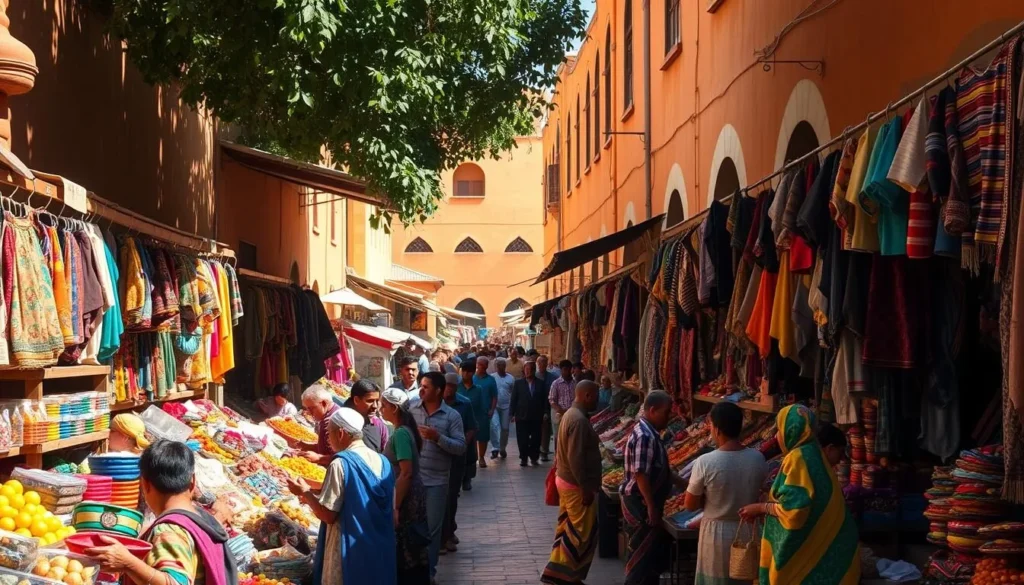
| Market | Goods Available | Notable Features |
|---|---|---|
| Asmara Market (Biassa) | Fresh produce, traditional crafts, souvenirs | Bustling atmosphere, variety of goods |
| Medebar Market | Metalwork, recycled items | Skilled artisans, unique items |
Shopping in Eritrea’s markets offers a unique experience, allowing you to interact with friendly vendors and witness traditional craftsmanship. The Italian influence on Eritrean market culture is evident in the name “biassa,” reflecting the country’s historical ties.
Coastal Treasures of Eritrea
Along Eritrea’s Red Sea coast, you’ll discover a mix of ancient ports, pristine beaches, and island paradises.
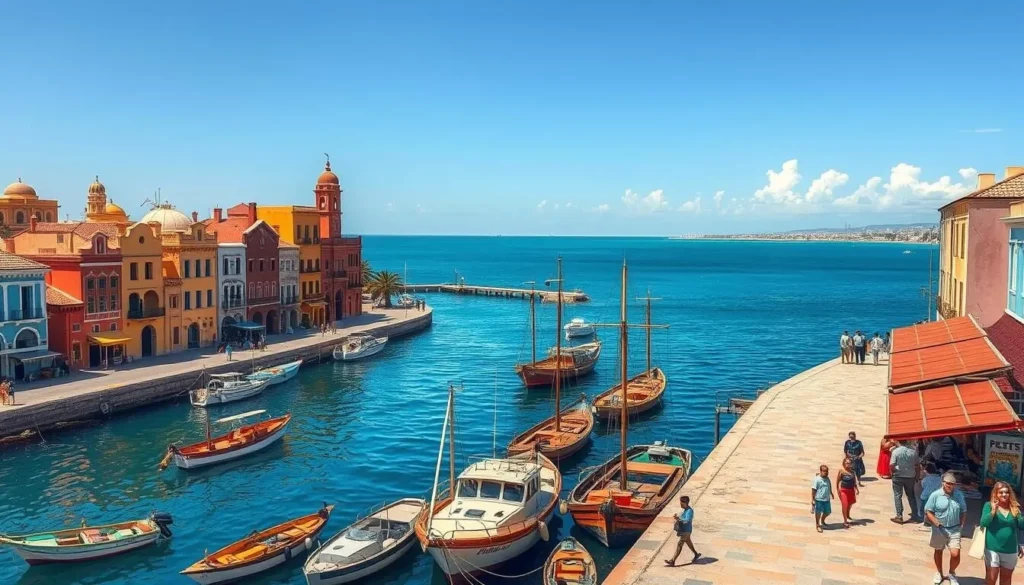
Massawa: The Historic Port City
Massawa was an ancient port and remains the largest natural deep-water port on the Red Sea. Its distinctive Turko-Egyptian architecture dates back to the 16th century, reflecting the periods of Ottoman and Egyptian rule.
The beautiful but ramshackle old town was damaged during the ‘Struggle’ but its coral block buildings still retain some of the former grandeur, making this antique port appear like a miniature version of Zanzibar’s Stone Town.
Pristine Beaches of the Red Sea
Eritrea boasts a stunning range of untouched beaches along its nearly 1,000km Red Sea coastline. You can explore pristine white sands, black volcanic shorelines, and both deserted and popular tourist beaches around Massawa.
The Dahlak Archipelago
The Dahlak Archipelago is a national park comprising around 350 islands that offers world-class diving opportunities. This marine reserve is home to a diverse array of marine life, making it a paradise for snorkelers and scuba divers.
As you explore the islands, you’ll understand how the Red Sea has shaped Eritrean history, culture, and trade connections over time.
Some of the top experiences to be had in Eritrea’s coastal region include:
- Exploring Massawa’s historic port city with its distinctive Turko-Egyptian architecture
- Discovering the architectural contrast between Asmara and Massawa
- Visiting the pristine beaches along Eritrea’s Red Sea coastline
- Learning about the Dahlak Archipelago and its world-class diving opportunities
- Understanding the impact of the Red Sea on Eritrean history and culture
- Experiencing the unique atmosphere of Massawa’s old town
- Considering the best times to visit the coast to avoid extreme temperatures
Historical and Archaeological Sites
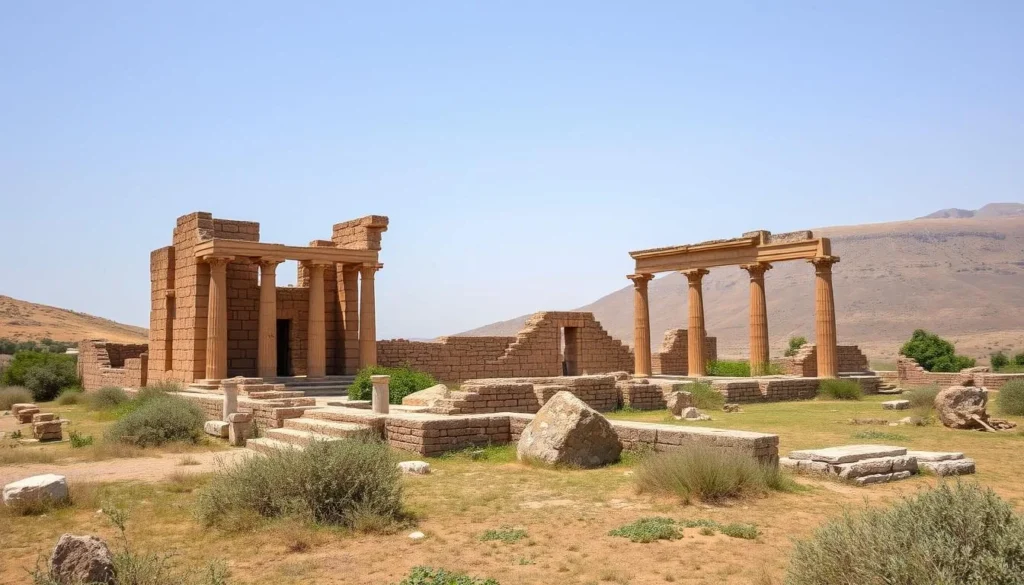
As you explore Eritrea, you’ll discover a wealth of archaeological treasures that reveal the country’s fascinating past. The country’s rich history is evident in its numerous historical and archaeological sites, many of which remain unexcavated.
Qohaito Ancient Ruins
Qohaito is one of Eritrea’s most significant archaeological sites, containing ruins from the Axumite kingdom that date back over 2,000 years. The site features the Safra’s Dam and the ruins of the palace of King Saba from the Axumite and pre-Axumite period.
Metera and Senafe
The site of Metara, on the outskirts of Senafe, covers about 10 hectares and is known for its impressive obelisks and structures from the 3rd century. You can explore the ancient ruins and learn about the region’s history.
Adulis: The Ancient Port
Adulis, the ancient port city, once served as a vital trading hub connecting the Roman Empire with the Kingdom of Axum. Today, archaeologists continue to excavate the site, uncovering new findings that shed light on the region’s rich history.
These archaeological sites provide crucial insights into the region’s history and its connections to ancient civilizations. By visiting these sites, you can gain a deeper understanding of Eritrea’s cultural and historical significance.
Natural Wonders of Eritrea
As you explore Eritrea, you’ll discover a region teeming with natural wonders, from the dense forests of Filfil to the dramatic landscapes of Dankalia. This diverse geography makes Eritrea a unique destination in the world.
Filfil: Eritrea’s Green Belt
To the northeast of Asmara lies the Semienawi Bahri, or ‘Green Belt’ region of Eritrea, commonly known as Filfil. This area contains the last remnants of Eritrea’s once abundant tropical forest, home to an impressive array of birds and mammals. The forest thrives on the vast, moist escarpment linking the highland plateau with the burning lowland plains.
The Dramatic Landscapes of Dankalia
Dankalia occupies a large portion of southern Eritrea and the lowlands of northeastern Ethiopia. The portion of Dankalia within Eritrea comprises a narrow strip of land extending southward, kissed by the Red Sea for almost 500km (310 miles). This region is known for its extreme landscapes, often described as one of the hottest and most inhospitable places on Earth, yet stunningly beautiful.
| Region | Features | Notable Attractions |
|---|---|---|
| Filfil | Dense tropical forest, diverse wildlife | Birdwatching, hiking |
| Dankalia | Desert landscapes, volcanic formations, Red Sea coastline | Exploring extreme landscapes, salt flats |
Eritrea’s natural areas provide a stark contrast to the beaches and ruins that attract most tourists. The unique wildlife that has adapted to survive in these diverse ecosystems is a major draw for nature lovers. From forest-dwelling mammals to desert specialists, the variety of life in these regions is remarkable.
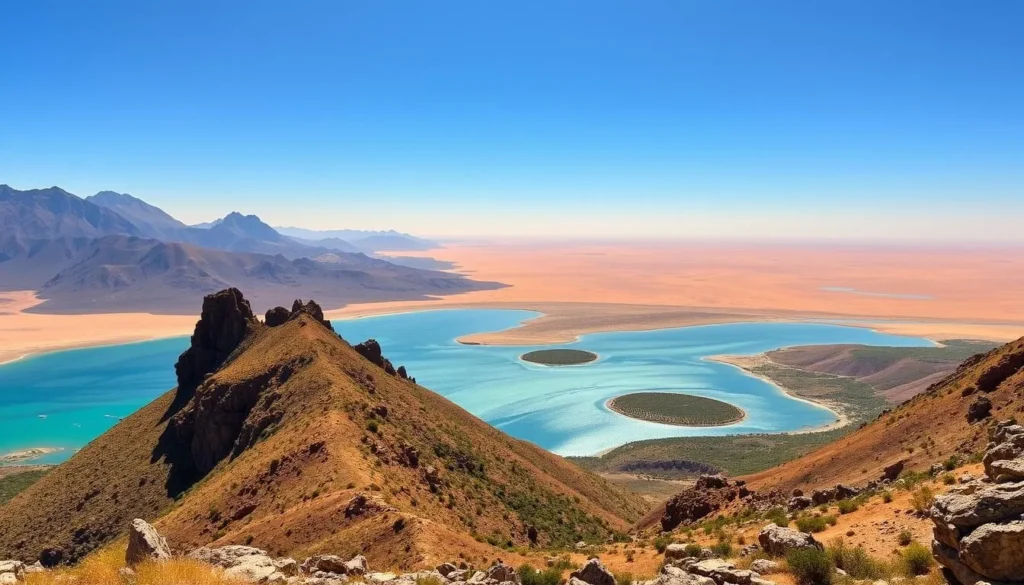
Understanding the impact of climate change and human activity on these fragile ecosystems is crucial. Conservation efforts are underway to protect these areas, and visitors can play a role by being mindful of their impact.
When planning to visit these natural wonders, especially Dankalia, it’s essential to prepare appropriately, as it requires experienced guides and special permits.
Exploring Eritrea’s Other Cities
Venturing beyond Asmara reveals the unique character of Eritrea’s other urban centers. While the capital city is a must-visit, other Eritrean cities like Keren and Decemhare are equally captivating, offering a diverse range of cultural and historical experiences.
Keren: The Crossroads City
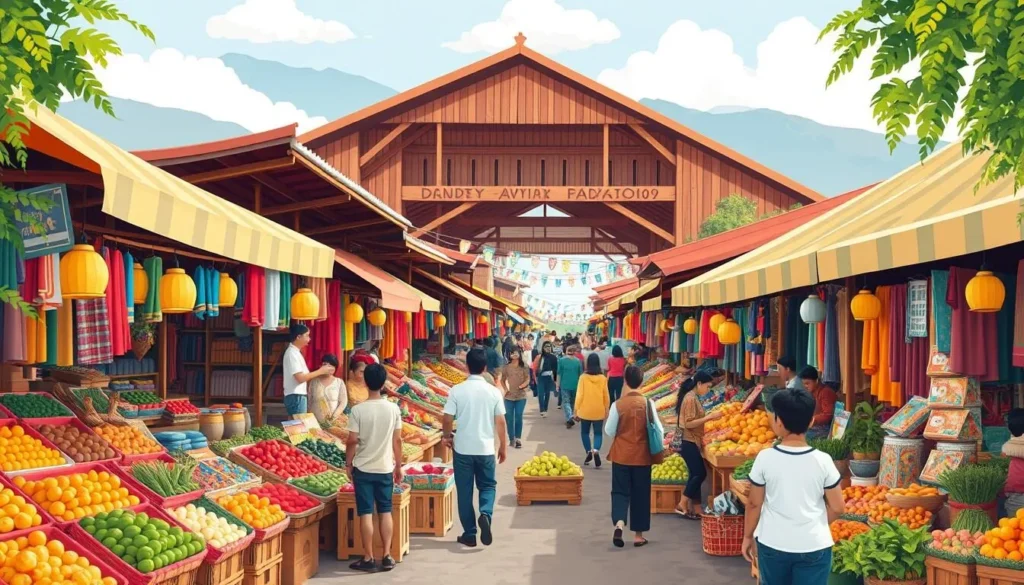
Keren, the capital of the Anseba province, is a relaxed and pretty town known for its quiet pace of life, colorful markets, and ethnic diversity. It forms a crossroads between several roads branching out towards Nakfa, Agordat, and Asmara. The town is nestled in a bowl surrounded by the formidable peaks of Lalemba, Ziban, Senkil, Felestaw, Itaber, and Amba Mountains.
Decemhare: The Transport Hub
Decemhare, located a short drive south of Asmara, was once intended as the transport hub of Italy’s East African empire. Visitors can see remnants of colonial infrastructure, showcasing the town’s historical significance in Eritrea’s transportation network.
Akordat’s Colonial Heritage
Akordat, in the Barka Province, boasts a unique architectural heritage influenced by Turkish and Egyptian colonial periods. The town is home to numerous interesting buildings and sites, including the tomb of Said Mustafa wad Hasan.
These cities complement a comprehensive visit to Eritrea by showcasing different aspects of the country’s history and culture. Visitors can experience the distinctive character of each town, from Keren’s mountain-ringed setting to Decemhare’s grid-like colonial planning, and visit local markets featuring specialized crafts and metalwork similar to Asmara’s Medebar Market.
Ongoing restoration work in these towns highlights Eritrea’s efforts to preserve its architectural heritage. The connection between these cities via Eritrea’s historic transportation network, which once included an extensive railway system, adds another layer to the travel experience.
Religious and Pilgrimage Sites
As you explore Eritrea, you’ll discover numerous sacred sites that are significant to various religious traditions. These sites not only reflect the country’s rich cultural heritage but also offer insights into the diverse spiritual practices of its people.
Significant Religious Centers
Eritrea is home to several important religious centers, including the Monastery of Debre Bizen, Emberemi’s Sacred Mausoleums, and the Tomb of Said Abu Bakr el Mirgani. These sites are not only significant for their historical and architectural value but also for their ongoing role in the spiritual lives of local communities.
The Monastery of Debre Bizen, perched atop a mountain ridge, is a notable example of Eritrean Orthodox Christianity. Visitors can undertake a challenging but rewarding hike to reach this ancient monastery.
- Explore the historic Monastery of Debre Bizen, with its stunning views and significant religious importance.
- Visit Emberemi’s sacred mausoleums, important pilgrimage sites for Muslims from across the region.
- Discover the Tomb of Said Abu Bakr el Mirgani, a significant site for those interested in Sufi heritage.
Architectural and Spiritual Significance
These religious sites showcase a blend of architectural styles, some incorporating ruins from earlier structures. The spiritual significance of these places is palpable, and they continue to function as active places of worship.
| Site | Religious Significance | Architectural Features |
|---|---|---|
| Monastery of Debre Bizen | Important Orthodox Christian monastery | Ancient stone structures, stunning views |
| Emberemi’s Sacred Mausoleums | Significant pilgrimage site for Muslims | Incorporates elements from earlier structures |
| Tomb of Said Abu Bakr el Mirgani | Important Sufi heritage site | Unique architectural style reflecting local traditions |
When visiting these sacred sites, it’s essential to respect local customs and dress codes, particularly at mosques and Orthodox churches. By doing so, you can ensure a meaningful and respectful experience.
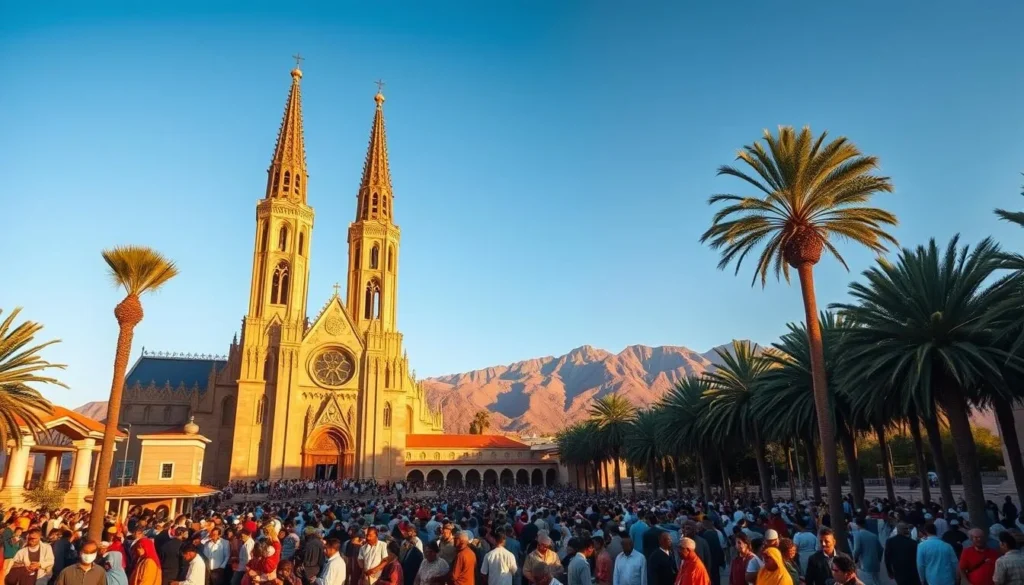
Eritrea: Best Things to Do for Cultural Immersion
To truly visit Eritrea, you must dive into its rich cultural heritage. Eritrea offers a unique blend of traditional and modern influences that shape daily life in this fascinating country.
Coffee Ceremonies and Local Cuisine
Experience an authentic Eritrean coffee ceremony, a social ritual that showcases the country’s deep connection to coffee culture. You can sample traditional Eritrean cuisine, including injera (sourdough flatbread) with various stews, in local restaurants and family homes.
Cycling: The National Passion
Learn about Eritrea’s surprising passion for cycling, a legacy of Italian influence that has made the country a powerhouse in African cycling. Although bicycles are not typically rented to tourists, you can witness the excitement of local cycling events.
Connecting with Locals
Engage with locals through community-based tourism initiatives that provide authentic cultural exchanges. Visit small shops and cafes at night when locals gather to socialize, especially around Harnet Street in Asmara. Understand how daily life in Eritrea blends traditional customs with modern influences.
By immersing yourself in Eritrean culture, you will discover that it’s the people and their way of life that make this country truly special. Learn basic phrases in Tigrinya or Arabic to enhance your interactions with local people, and respect local customs when visiting mosques and other places of cultural significance.
Conclusion: Making the Most of Your Eritrean Adventure
As you visit Eritrea, you’ll uncover a wealth of exciting things to see and do. To make the most of your trip, prioritize your interests and plan with flexibility. Gather accurate information and consider a local guide to enhance your experience of attractions and sites, including the beautiful beaches along the Red Sea.
The above is subject to change.
Check back often to TRAVEL.COM for the latest travel tips and deals.
